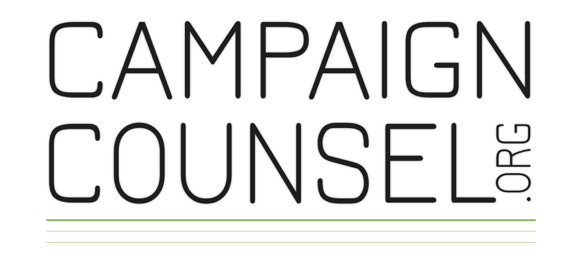Donors Still Planning to Give Amid Pandemic
The pressures of nonprofit fundraising in 2020 have even the most experienced and successful nonprofits feeling off balance. However, a recent survey shows that a majority of donors plan to give as much or more this year as last year. With that in mind, organizations are re-engaging with their capital campaign planning and management processes, realigning their case for support documents and using survey data to reassure their boards, staff and leaders that they can and should move forward with nonprofit fundraising.
These nonprofits have transitioned from a defensive position of conserving cash and canceling fundraising efforts, to an offensive position spending money and engaging with donors. But to do so they had to quiet the naysayers.
Why stop fundraising?
In recent months, overwhelmed nonprofits have had to ask themselves some tough questions. How do we fundraise alongside a deadly pandemic and prolonged social justice demonstrations? Our conversations with these nonprofits indicate that their willingness to stop fundraising has three primary causes:
Unwise: Some nonprofits stopped fundraising because the relevance of their projects was minimized. A good example is a client of ours that was funding a competition swimming pool.
Unable: Some stopped fundraising because they were too busy. Our food bank client had to focus all its resources on their backpack program to keep children fed.
Unwilling: Some stopped fundraising because their leadership, staff, board or all three thought it insensitive to ask people for money. This was the sentiment we heard from around the country: How can we ask people for money when so many are suffering?
Fundraisers in the “unwilling” category sometimes became “naysayers.” They halted their fundraising efforts because of emotion, anecdotal evidence, or peer pressure. We do not question their decision. We understand that these are difficult times that no one has faced before, so stopping may have been their best option.
How do we resume fundraising?
The purpose of this article is not to exalt or disparage the decision to stop. Rather, our intent is to empower fundraisers who want to reengage with donors, to provide them with statistically valid data that indicates why they should engage with donors. The data was compiled from a survey of 630 U.S. donors that Campbell Rinker conducted for Dunham+Company in April 2020:
Half of donors (52 percent) said they expected to give the same this year as in the year before.
1 in 6 donors (17 percent) expected to give more.
The survey indicates that 69 percent of surveyed donors would give the same or more compared to 2019.
This sentiment was strongest among key giving demographics: churchgoers, self-identified conservatives, and Boomers.
More news coverage on the survey from the Chronicle of Philanthropy and the Non-Profit Times.
When we overlay these survey findings onto the capital campaign process, we conclude that the donors who make capital campaigns successful – the 20 percent who account for 80 percent of funds raised – are still giving. This is good news for nonprofits planning or conducting capital campaigns…with a few important caveats to address our country’s current challenges.
How do we adapt to today’s health and social challenges to fundraising?
First, know your donors. Your nonprofit needs to depend upon the personal relationships it has with donors and/or conduct donor research to ensure you are engaging with the right people – the 69 percent mentioned above.
Second, adjust your case for support. Your case for support outlines the needs and benefits of your capital campaign. Make sure it reflects current conditions – how is your nonprofit addressing COVID-19 or racial inequities? Donors want to know how your campaign will further your mission given today’s challenges. For more on cases for support click here and here.
Third, address the naysayers. Whether they be staff, board members or donors, you will want to practice “athletic listening” with them, in which you try to fully understand their fears of engaging with a capital campaign, acknowledge those fears, and offer them solid rationale from the data above for moving forward. Listening with your ears, head and heart are all important, especially now.
Move forward with fundraising
Each nonprofit must take the time now to look thoroughly as its mission, its goals and its messaging to identify the best ways to engage with donors and raise the funds to continue its work. Your organizations are important to your communities and are needed now more than ever. Keep moving forward!
Have today’s challenges highlighted your need for expanded or new space? Are you beginning to explore a capital campaign? We are happy to talk with you about it! Contact us today or sign up to receive our tips.
Kevin Wallace is president of CampaignCounsel.org, specializing in capital campaign planning and management. Reach him by email or visit www.campaigncounsel.org.






